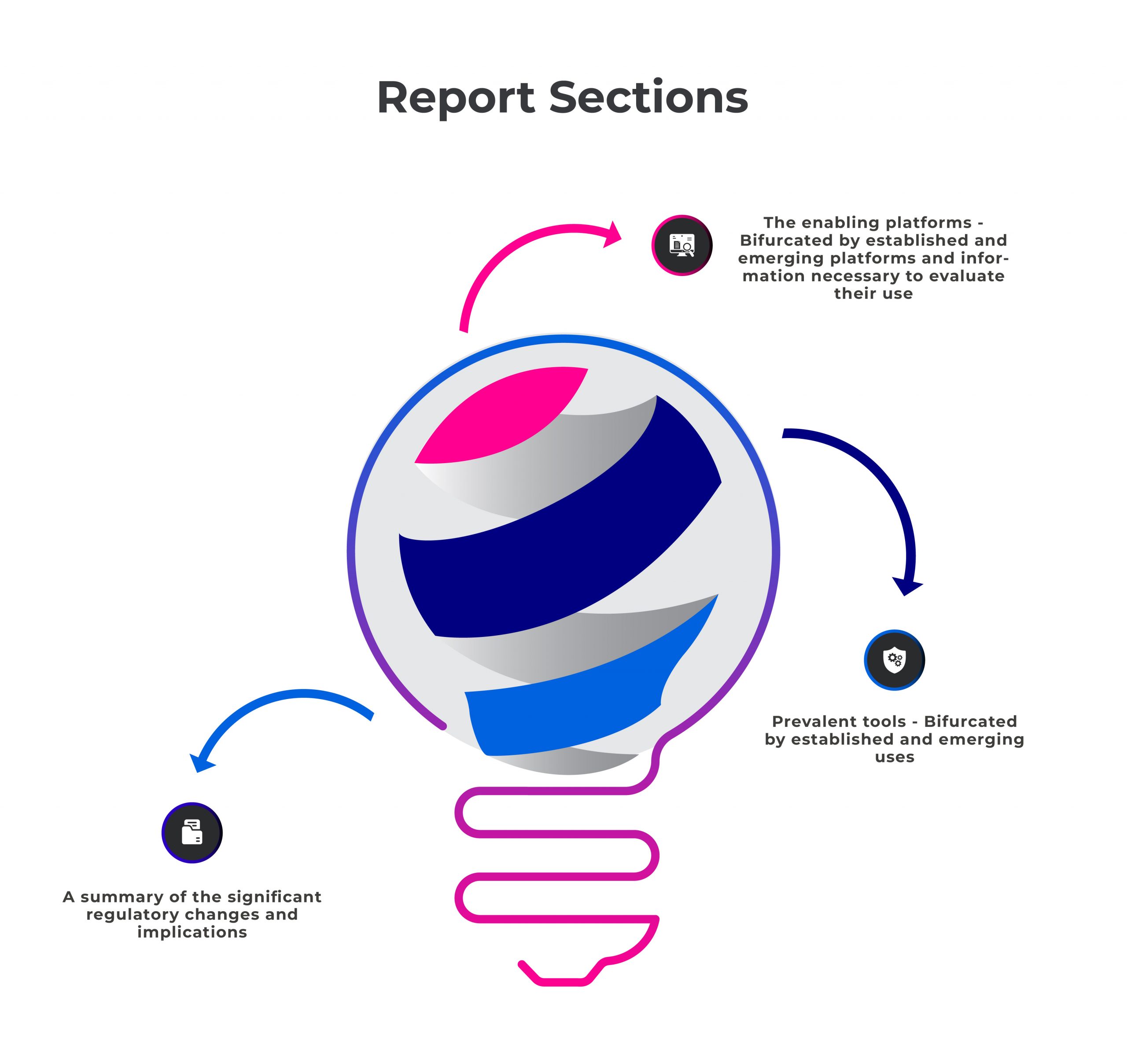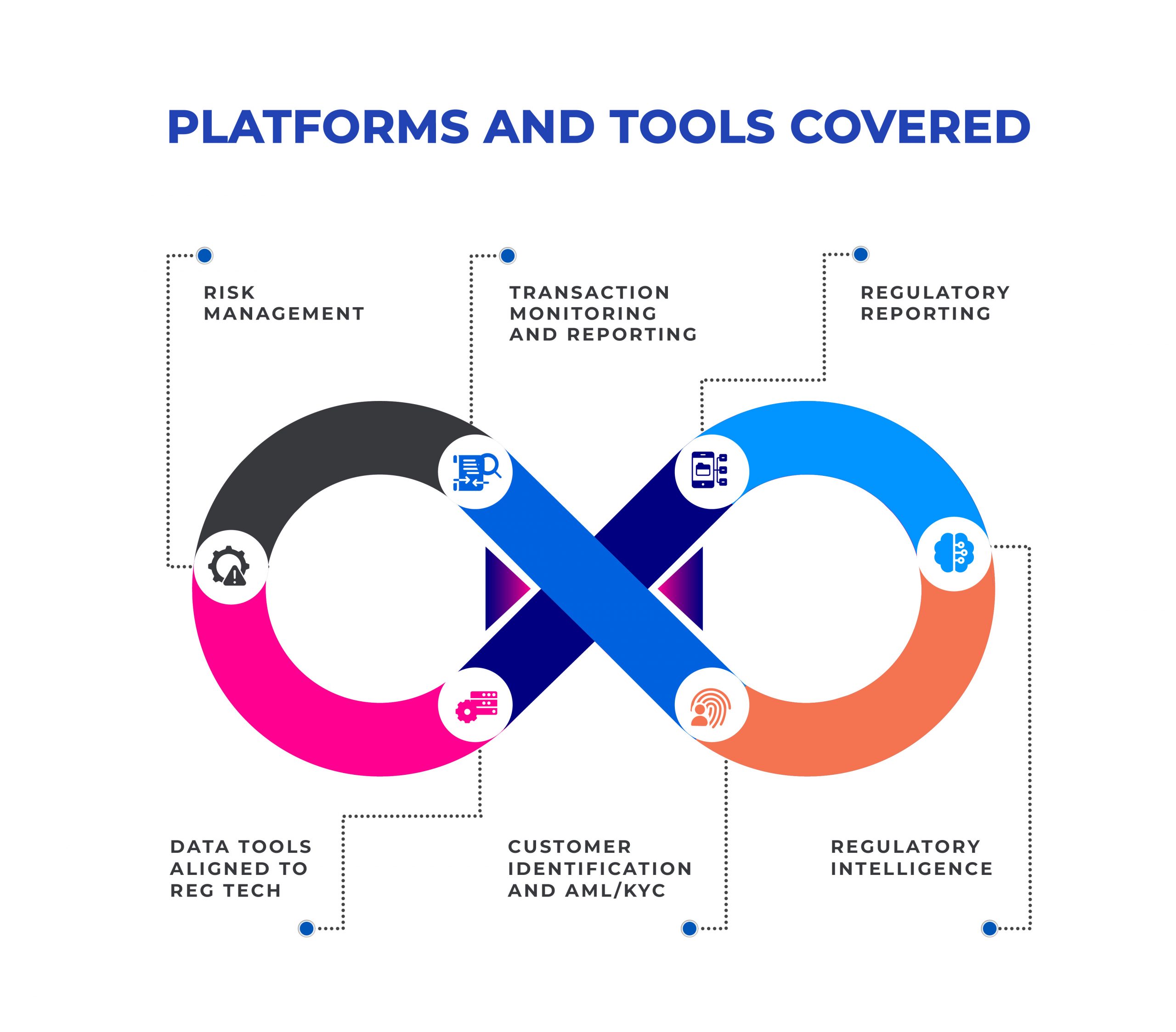The non-profit member association, NPC, or Nordic Payments Council creates and manages Nordic schemes that facilitate payments. Combining four Nordic Bankers associations, banks, and payment institutions covered by the PSD2 directive, Camilla’s primary mandate is to harmonize payments across the regions.
Balancing the Payment Means and Payments Acceptance.

Post-COVID, digital banking adoption has accelerated without precedent. The game has moved on – from digital enablement to digital transformation. Innovations in Fintech and Payments are shaking up legacy infrastructures like never before.
Camilla is no stranger to the phenomenon. In the years that she was at SEB, one of the leading Nordic FIs, she was involved in a game-changing project that went on to become the P27 – an example where payment means and payment acceptance are seen as two sides of the same coin, and an open-minded approach is taken to solve the ‘chicken-egg’ challenge.
P27 aims to build the world’s first real-time, cross-border payment system in multiple currencies.

It is a joint initiative by Danske Bank, Handelsbanken, Nordea, OP Financial Group, SEB, and Swedbank, that explores possibilities of establishing a pan-Nordic payment infrastructure for domestic and cross-border payments in the Nordic currencies and the Euro.
Rubbing shoulders with the formidable EPC (European Payments Council)
Implementing ISO standards, strengthening security, and promoting transparency are all aimed at shaping the NPC’s vision to be relevant long-term. Creating new-age schemes that address market needs before they become a demand adds to NPC’s influence in an important market that extends well across the continent.
Forging a shared infrastructure to create frictionless interlinked cross-border payments.
A currency-agnostic platform with real-time payments and batch clearing – like the P27 – works because the rulebooks are maintained by an independent organization, freeing up the payment(s) schedules to be used by any clearing house or tech company.
Given the innovation in Payments infrastructure, how do the NORDICS benefits translate for the end customer?
Gaining access to innovative solutions faster than in similar-sized markets, effecting cost take-outs by combining digital readiness with inter-banks collaboration and looking out for automated solutions (like conversational IoT and 5G) to bring higher levels of convenience.
Essentially, P27 breaks down export-import barriers for banks or Fintechs alone and across companies in B2C and D2C spaces.
What are the overall learnings from Nordics Payments Infrastructure?
Collaborate at the vision and organizational mission level so that a common innovation ground can be set and sandboxed. As the gains from P27 are realized in deeper measures, the imperative must be replicating it across the globe for a truly connected global high-speed payments infrastructure.
As they say, a journey of a thousand miles starts with a single step.
View



























